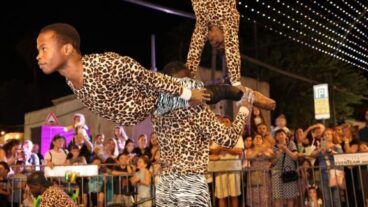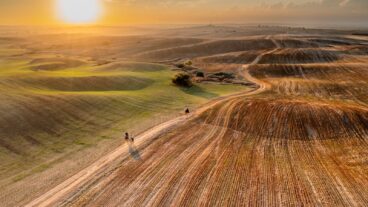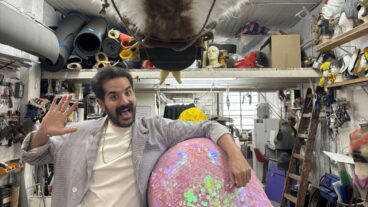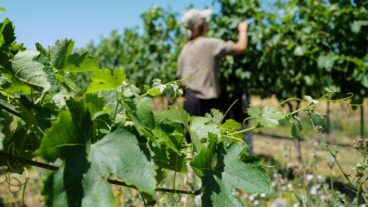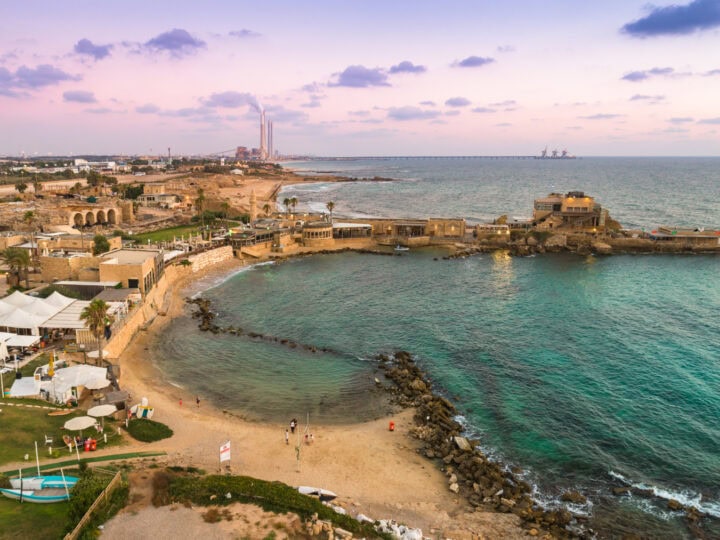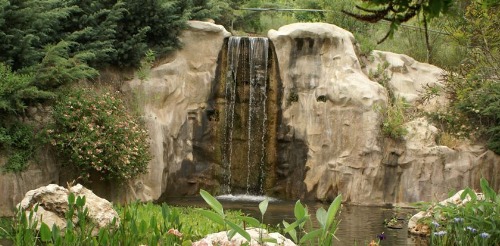
But it’s not just the 10,000 species of plants that are blossoming at this 30-acre oasis at the southeast corner of the Hebrew University’s Givat Ram campus. The gardens are also alive with the sounds of some 180,000 visitors per year, up from 80,000 in 2008.
Under the directorship of Jerusalem native Oren Ben-Yosef for the past three years, a whole new palette of programs is being implemented to cater to the capital city’s multiethnic population.
“We have the largest collection [of plants] in the country and are a living showcase for biodiversity,” director of development Sue Surkes tells ISRAEL21c. “We translate the plant biodiversity into trying to encourage human diversity as well.”
Coexistence in the garden
One thriving scheme for bringing together Muslim and Jewish children has 11-year-olds learning about the production of spices, olive oil and herbal remedies in the Botanical Gardens. After nine sessions on neutral ground, facilitated by teacher/translators, the kids do plantings at each other’s schools.
A newly upgraded Bible Path, punctuated by new plantings, outdoor classrooms, interpretational aids and innovative programming, is aimed at bringing in religiously oriented visitors, be they Jewish, Christian or Muslim.
Orthodox Jewish student teachers will soon be invited to workshops relating to the many botanical and agricultural references in the Bible, so that they can share this information with their future students. And head scientist Dr Ori Fragman-Sapir is developing an international online course on the flora of the Holy Land that will conclude with an optional one-week botanical tour of Israel. Botanical gardens in several other countries are participating.
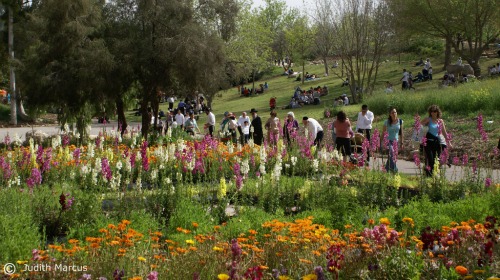
And because the city’s ultra-Orthodox schoolchildren rarely have opportunities for nature trips, the Botanical Gardens’ staff is starting to take the show on the road, bringing hands-on activities to their schools.
An annual wine festival has been successfully bringing Jerusalem’s young urban professionals to the gardens as well, where they can sample the wares near the scenic lake in the midst of the site.
Says Surkes: “The idea is to open the gardens to as many activities in as many plant-related fields as possible to as many populations as possible.”
Growth is in the air
Opened in 1985, the Jerusalem Botanical Gardens divides its plantings into sections: Mediterranean, Central and Southwest Asian, Australian, North American, European and Southern African. It also has a large collection of bonsai trees, a tropical conservatory and an herb and medicinal plant garden.
In Fragman-Sapir’s laboratory, grant-funded collaborative research projects range from studying conditions that can contribute to strengthening biodiversity in the Mediterranean, to finding creative ways of saving endangered botanical species. “We try to collect, grow and test a lot of these wild plants to see if they can be grown and marketed as ornamentals,” says Surkes.
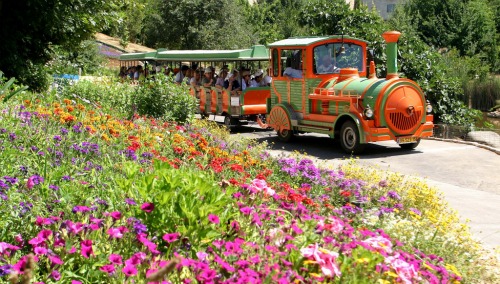
A future expansion will give the garden space for sections of plants from South America and Southeast Asia, as well as a new entrance, visitor center, horticultural school and parking areas.





